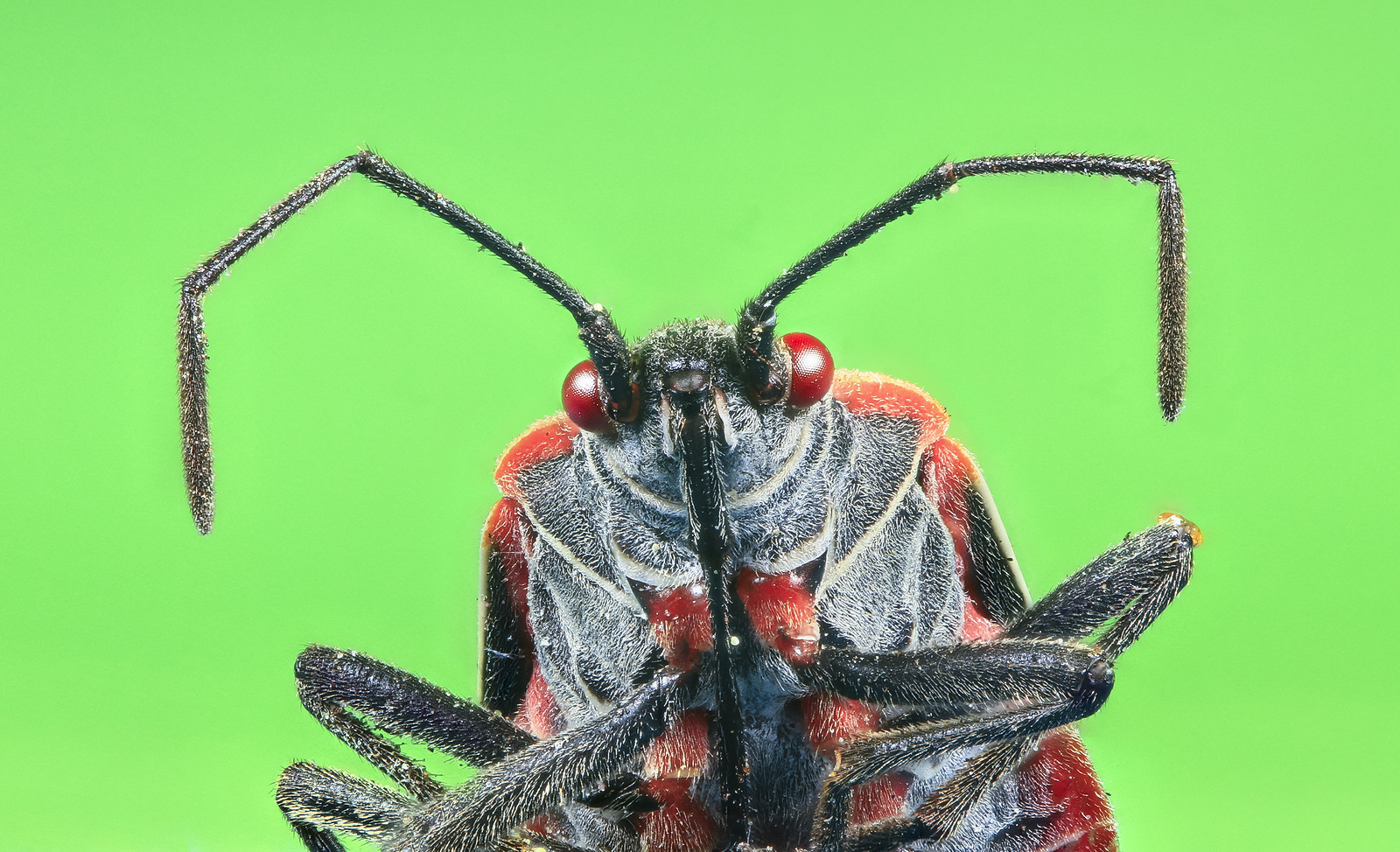If you haven’t met your fair share of stink bugs this year, brace yourself. Although stink bug season is officially from March through September, the cooler it gets outdoors, the bigger the problem.
Brown marmorated stink bugs infest both the interior of homes and the garden. In the garden, they feed on fruit and vegetable crops, causing spots and decay.
They prefer to overwinter indoors, in homes. While they aren’t considered harmful to humans or to the home, they create lots of noise and, if bothered, quite a stink.
Once inside the home, they are a challenge to control.
Death by drowning
The least smelly way of ridding the home of stink bugs is also the most labor intensive. But, because stink bugs can’t swim, it’s an effective way of killing them.
Fill a bucket three-fourths of the way with water. Some homeowners add three to four drops of liquid dishwashing soap to the water, although it isn’t necessary.
Use a broom or other item with a long handle to knock the stink bugs off the wall and into the bucket. Those on the floor may be quickly scooped up with a small dustpan, a spatula or other tool and dropped into the water.
Use your vacuum
Entomologists at Virginia Tech suggest using your vacuum to suck the bugs off the walls, floors, drapes and furniture. The problem with this method is that the stink bugs release their scent, smelling up the vacuum and the home.
The scientists suggest replacing the vacuum bag after each use. Once the new bag is in place, sprinkle some perfumed talc, such as room or pet deodorizer onto the floor and vacuum it up to rid the machine of stink bug odor.
If you are the victim of repeated sting bug invasions, invest in an inexpensive shop vac and reserve its use exclusive to stink bug removal.
Insecticidal soap to protect houseplants
While stink bugs don’t hurt people and are considered non-destructive in the home, they may go after your houseplants. Insecticidal soap spray will help discourage stink bugs from feeding on them.
These organic insecticides are available at nurseries and gardening centers or you can make your own.
Combine 2 teaspoons of vegetable oil, 2 teaspoons of liquid soap (not dishwashing liquid) and 2 cups of water. Pour the solution into a spray bottle and spray the plants with it. The oil has a tendency to separate, so shake the bottle periodically as you spray.
Dishwashing liquid is detergent and may harm your plants. Look for a liquid soap, such as Dr. Bronner’s Pure-Castile Liquid Soap.
Preventing an infestation
Stick the end of a screwdriver into the opening between the bottom of your door and the floor. If it fits easily, so will a stink bug.
Like many pests, stink bugs have the ability to squish their bodies down to fit into tight spaces. To prevent their entry into the home, seal all openings to the outdoors.
Virginia Tech entomologists suggest caulking cracks, around doors and windows, baseboards and any other area where the bugs may gain entry.
Cover roof vents with window screening. Replace screens that have holes and seal openings around ceiling fixtures and exhaust fans.






